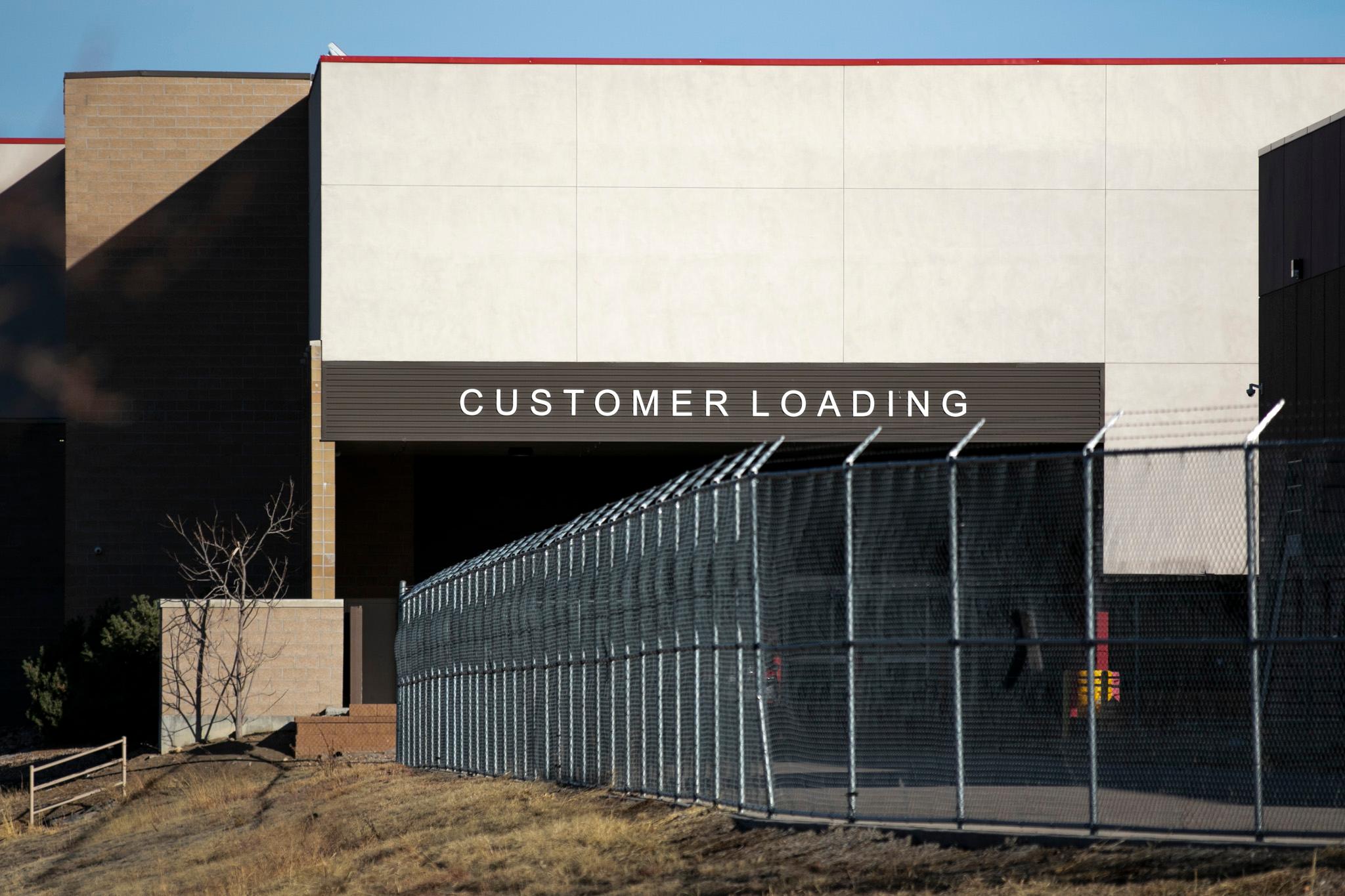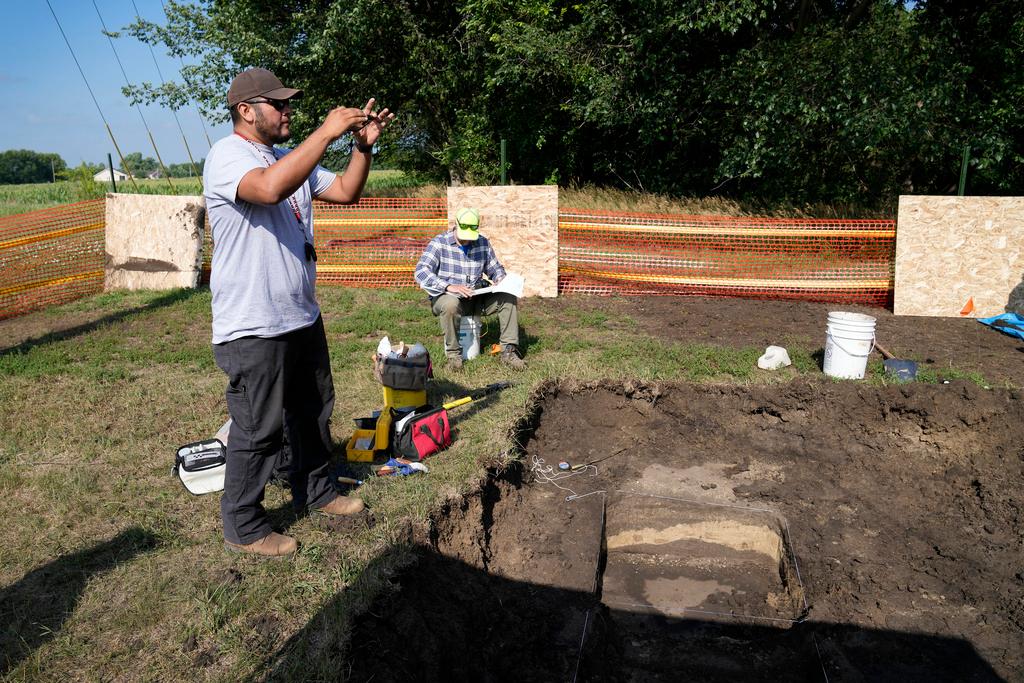
Story updated on 5/5/2016
Denver filmmaker Haylar Garcia stands in a nearly empty warehouse.
“You might think a hurricane came through,” he says while staring at wood and tools scattered throughout the space.
Right now it doesn't look like much. But after the set is built, this is where Garcia will shoot his new movie called “Gnaw.”
“[Viewers] are going to see a full apartment. They're going to see a moody, wonderful space where our hero is trying to move in and trying to build a life for herself,” he says.
Colorado has recently worked to build its film industry, and the state has used your tax money to jump start it. That includes more than $1 million for the reality TV show “Prospectors” and $5 million to Quentin Tarantino’s latest blockbuster, “The Hateful Eight,” which was filmed last year in Telluride. The incentives also go to commercials for products like cars and beer.
'Money Solves Problems' For Smaller Films
“Gnaw” is eligible for more than $100,000 from the state of Colorado.
“It’s huge for us,” Garcia says.
The independent film tells the story of a woman who moves to Denver to escape an abusive relationship. Things take a turn when something mysterious begins to take bites out of her each night.
"It’s all about facing your fear and becoming a stronger person by looking your demons in the eyes," Garcia says. "We try to create horror that has some sort of symbolism and meaning behind it."
It’s part horror, part psychological thriller. And Garcia says this is his biggest project yet. He’s planning stunts, effects and some use of Computer-Generated Imagery. The technology is new for him. And Garcia says the incentive money from Colorado adds legitimacy to his film.
"I think money is a big thing, it solves problems," the co-writer and director says. "I’m more of a fan of waiting until the planets align to make your movie. I would rather make a movie that’s funded every three years than make a movie with pizza and credit cards every one year."
Garcia's team even hired a few notable actors, including Penelope Mitchell of the TV show "The Vampire Diaries" and Kyle Gass of the comedy rock duo Tenacious D. But most of the cast and crew are from Colorado. In fact, the state requires any shoot to hire at least half its crew from here to qualify for incentive money.
Opinions Differ Over 'The Hateful Eight'
Last year, “The Hateful Eight” paid more than 180 Coloradans to help make the movie. The filmmakers spent around $30 million in the region, according to a state audit. That money covered a range of expenses -- from snow tires and hotel rooms to payroll.
And in return, "The Hateful Eight" got back $5 million from Colorado. But was it worth it?
The story is set in Wyoming, so people who see it might not know those are Colorado landscapes, Lambert says. And he also points to the movie’s violence. Lambert has called the decision to spend public money on “The Hateful Eight” regrettable.
“Our society is changing, it’s getting more violent," he says. "And I don’t think Colorado taxpayers should be asked to spend money for more and more violent movies when it could be a danger to our society.”

But Colorado film commissioner Donald Zuckerman thinks differently. He oversees the state’s Office of Film, Television and Media. “The Hateful Eight” got a lot of press, and much of it mentioned Telluride, Zuckerman says.
“The big payoff with 'The Hateful Eight’ clearly is what it’s done for Colorado in terms of its tourism,” he says.
How The Incentive Works
Each year, the Colorado legislature decides how much money to allot for the film incentive program. In 2014, it was $5 million. Last year, it went down to $3 million.
Earlier this month, Republican lawmakers considered stripping more of the money to give to the Department of Education. But they didn’t. So it’ll stay at $3 million if Gov. John Hickenlooper signs the budget package recently approved by the legislature. Zuckerman says to go below $3 million would be detrimental.
“If we had to scale back, I think we’d see an exodus of a lot of our talented people,” he says.
The funding works like a rebate. To qualify, Colorado production companies must spend at least $100,000. Out-of-state companies have to spend at least $1 million. After completion, approved projects get back 20 percent of what they spent in the state. And again, half the hires must come from Colorado.
“The base of the program is it’s a job creation program and it’s supposed to bring economic impact to local economies,” deputy film commissioner Lauren Sloan says.
The film office says without the incentives, that money and those jobs would go elsewhere. Other states in the region offer more film incentives, like New Mexico with $50 million a year. Some states offer less. Last year, Wyoming had just over $1 million to spend. Right now it's around $283,000. And Arizona has none.
Building Colorado's Film Industry
Colorado's $3 million is a very minimal amount of money for incentives, movie producer Peter Newman says.
Newman also heads a joint film and business master’s program at New York University. He says incentives are a significant factor when filmmakers decide where to shoot a film. But he adds that the disparity among film incentive programs has widened.
“I would say the trends generally are going away from the incentives," Newman says. "And the ones that are strong and sturdy are getting stronger and sturdier.”
Newman points to states like New York and Georgia. The former can spend up to $420 million a year, while the latter has no limits on its incentives.
Denver filmmaker Haylar Garcia hopes to see Colorado’s film incentives increase, even if it means that more money goes to a Hollywood movie -- at a cost to smaller films like his.
“If we got passed over for a bigger project, we have to look at the bigger picture," Garcia says. "I want the whole film industry in Colorado to do well, not just my movie.”
The film and TV office says the $5 million it gave to “The Hateful Eight” helped put Colorado’s film program on the map. And that it will not give that much money to one movie again any time soon. In the meantime, there are 17 productions already approved for incentives. That includes a Netflix movie called “Amateur.” It’s about a young basketball phenom whose videos go viral online. The film is expected to start shooting this spring.
CPR News' Vic Vela contributed to this report.
You’re going to hear more from CPR News this year about public art in Colorado. That’s because there are decisions to be made about arts funding on the November ballot. So we’re on a quest to help you understand this. And we'd like your input. What do you think about using public money -- your tax dollars -- to support art in your community? Find more reporting here on the arts from CPR News, and follow us on Facebook and Twitter for updates and conversation.









